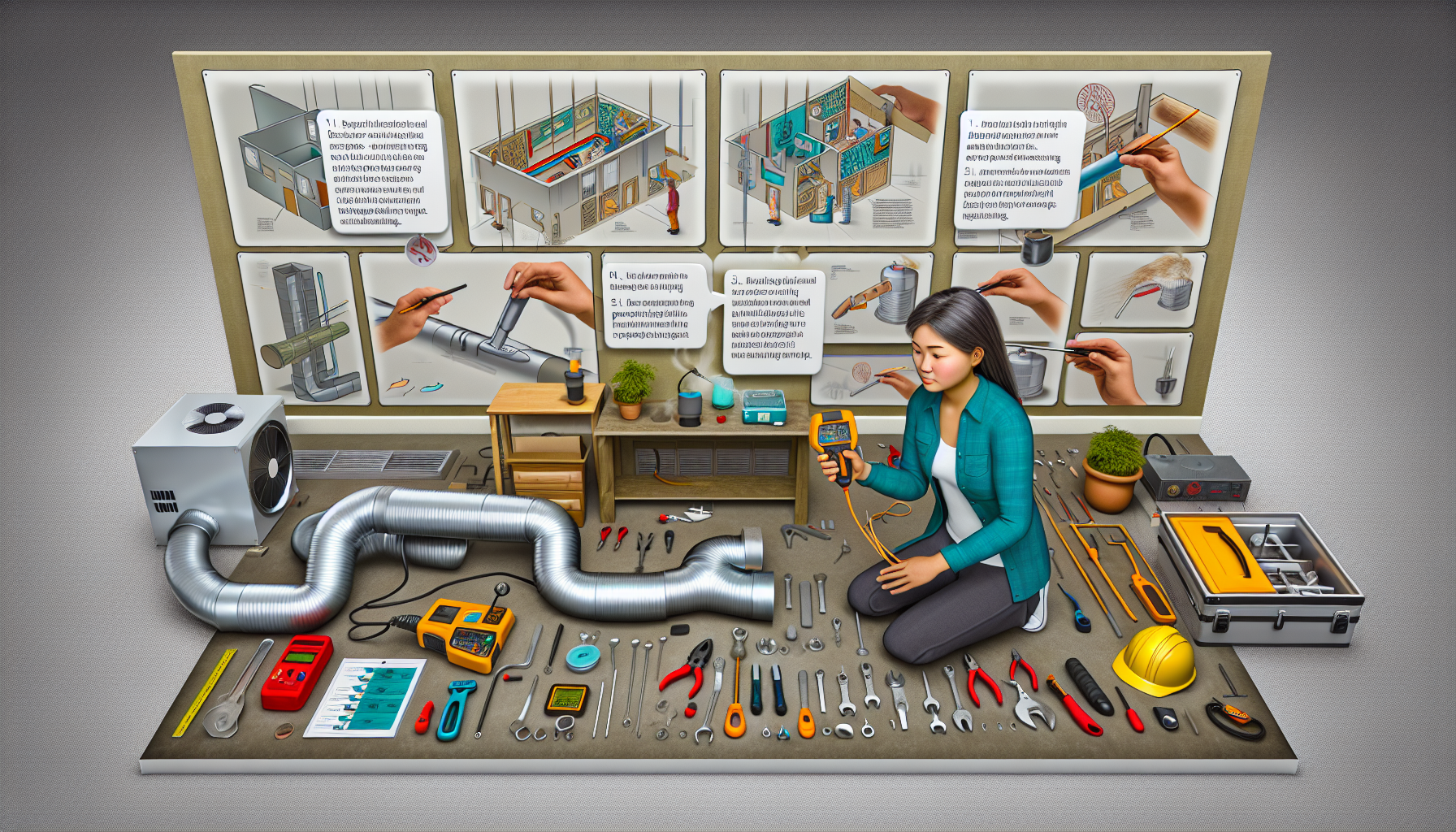An Essential Toolkit for HVAC Professionals
When it comes to HVAC (Heating, Ventilation, and Air Conditioning) maintenance and repair, professionals know that the right tools are indispensable to the job. Whether you’re just starting in the industry or you’re an experienced technician, having a comprehensive toolkit can make a difference in efficiency, safety, and customer satisfaction. In this definitive guide, we’re unveiling the top 10 HVAC measurement and testing tools that every professional needs. We’ll cover their uses, benefits, and why these tools are non-negotiable for your HVAC toolkit.
1. Manifold Gauge Set
- Function: Essential for diagnosing and servicing air conditioning units.
- Use: Measures refrigerant pressure within the system.
2. Multimeter
- Function: Tests electrical components for effective troubleshooting.
- Use: Measures voltage, current, and resistance.
3. Refrigerant Scale
- Function: Critical for charging systems with the correct amount of refrigerant.
- Use: Ensures precise filling of the refrigerant.
4. Vacuum Pump
- Function: Removes moisture and air from refrigeration systems.
- Use: Preps AC systems for charging with refrigerant or for vacuum tests.
5. Psychrometer
- Function: Measures humidity levels and temperature.
- Use: Used in calculating the relative humidity and dew point.
6. Anemometer
- Function: Measures air velocity.
- Use: Ensures proper air flow in HVAC systems.
7. Infrared Thermometer and Thermal Imaging Cameras
- Function: Non-contact tools for measuring surface temperatures.
- Use: Rapidly identify hot spots and thermal leaks.
8. Combustion Analyzer
- Function: Measures exhaust gases composition.
- Use: Assesses furnace efficiency and detects leaks or dangerous CO levels.
9. Electronic Leak Detector
- Function: Identifies leaks in refrigeration systems.
- Use: Detects a variety of refrigerants with high sensitivity.
10. Tubing Tools
- Function: Used for cutting, bending, and flaring tubing.
- Use: Essential for pipe installation and repairs.
Putting Together Your HVAC Toolkit
Having detailed the essential tools, let’s also touch upon the importance of quality, maintenance, and periodic calibration. Investing in top-quality tools can seem like a steep upfront cost but saves you money in the long run due to durability and precise measurements. Regular maintenance and calibration of your tools ensure accuracy and reliability, which translates to trustworthiness in the eyes of your clients.
FAQ Section
- Why is a manifold gauge set so important for HVAC professionals?
A manifold gauge set is one of the most fundamental tools for HVAC professionals because it is critical in diagnosing refrigerant and pressure levels in air conditioning systems, crucial for proper operation and troubleshooting.
- Can I use a standard household thermometer instead of a psychrometer for HVAC work?
No, a standard household thermometer cannot measure relative humidity or dew point, which are vital readings for accurate HVAC assessments.
- How often should HVAC measurement and testing tools be calibrated?
Calibration frequency varies by tool usage and manufacturer guidelines. However, it is recommended to calibrate measurement and testing tools at least once a year or after any event that could affect their accuracy.
- Are infrared thermometers accurate enough for HVAC work?
Infrared thermometers are accurate for surface temperature measurements, but they may not always provide the level of detail required for all HVAC applications. It is essential to have a range of temperature measurement tools to cover different scenarios.
- What is the importance of an electronic leak detector?
Refrigerant leaks can be hazardous and costly. An electronic leak detector is a sensitive and accurate tool that can quickly help technicians locate leaks and address them promptly.
Please note that including an actual word count in your HTML content is not a typical practice. To ensure that your content meets the word count requirement, you should write and count your content using a word processor or a word count tool before putting it into HTML format for use on a WordPress post.








